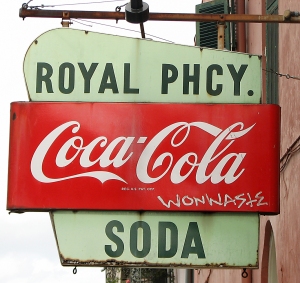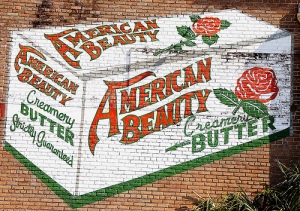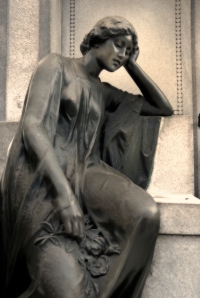Years ago I visited Lake Itasca in Minnesota to see the headwaters of the Mississippi River. As the water leaves the lake and flows toward the Gulf of Mexico it is a narrow and shallow stream – one can jump or wade across and only get his feet wet. A short way down from the beginning is the first bridge. It is a split log, which means it is pedestrian only. One hiker at a time.
The Mississippi River is a rich part of America’s history and wealth. The delta region abounds in a history of wars and discovery and trade and new cultures coming to this country. Jazz, the Blues, Rock and Roll all came from this region. Ships from around the world continuously head for docks from New Orleans to Baton Rouge. How rich a heritage!
When looking at a map or reading a book it is easy to conjure up images in your mind about all these things. However, how many of us have actually been out on the river around New Orleans? I’m not talking about a ferry ride but in some type of boat or ship?
Last year a friend and I put in a boat above New Orleans and traveled down the river just past the city. The reason was that he is an artist and wanted to photo some images to use as studies for future work. All the mind’s conjured images of river history and culture are soon lost as one starts to think about actually surviving while out on the river.
We spent much of the first day getting familiar with things and snapping pictures and trying to find a good place for a sunset image. The light was not good that November day as a front was pushing its way through. There was just not enough light in the right places. Any photographer knows what I mean. We identified some good things to take in the morning light and traveled on to Algiers Point to spend the night and wait for daybreak.We tied up and it was near dark when a strange light was bearing down on New Orleans. It appeared odd and neither one us knew quite what to think. What was this sight? It was a storm, and rain hit us from all sides and angles. We had a covering on the boat but the wind was blowing sideways so much that it didn’t matter. The temperature started dropping and we outfitted ourselves in warm winter gear and brought out the stuffed sleeping bags. To make a long story short all our gear did was absorb water and by morning we were two freezing boaters wrapped in wet everything. I wish we would have measured the water we squeezed out of our gear just so I would know how much it was that made me so miserable.
The morning brought a different world. Ships, tugs barges and anything else that would float was on the river. It is sobering to see a fully loaded tanker riding low in the water headed straight for you. Then a quick glance over the shoulder sees another one coming up from behind. Thank goodness there is a wake zone through New Orleans or we would have been knocked out of the water as we scooted around trying to get out of the way and take pictures at the same time. After a while though we settled down and things became manageable.
We were impressed by the large ships, loaded so much that their hulls were sunk well down in the river. The skill it took to steer one of those things and to go under the bridges and make the curves in the river is not appreciated by most of us. It was magnificent to see those ships skillfully maneuver to position for a shot through the curves and then to straighten out and “Thread the Needle” under the Crescent City Connection and then to maneuver again to make the curve in the river below the city. A ship did this every few minutes and ships continued coming up the river and tugs and barges and ferries were all active. All of them seemed to be at home and doing his part. However, each one had to have someone very responsible and very alert at the helm or disaster would have been inevitable. One has to be vigilant 24 hours a day and 7 days a week on the river.
For the first time I began to appreciate the river for the great economic engine that it is. Those ships were carrying cargo containers, grain, oil, refined petroleum, sugar and no telling what else. Ships were being built at Avondale and cargo was going in and out of ships all up and down the river.
We saw grain being loaded though elevators on a number of ships. The loading capacity of the Port of South Louisiana is around 1 million bushels per hour. Grain elevators were a common sight and every one of them was very busy.
Containers were being unloaded and loaded near New Orleans. They were coming in on railroads and on trucks and were leaving by the same modes of transportation. Large ships were being loaded with containers as well.
A number of tankers were headed up river to various refineries. Others were returning loaded with something that had been refined or made in Louisiana.
The Exxon refinery complex in Baton Rouge uses about 500,000 barrels of oil a day. That is barrels and not gallons. Marathon, Shell, Texaco and others down river use tremendous amount of oil too on a daily bases. A million barrels of oil used every day on the Mississippi River between Baton Rouge and New Orleans is probably a low estimate.
For years I have thought that most of the activity in New Orleans was on Canal Street or perhaps the French Quarter and Super Dome. I was wrong. The pulse of New Orleans is on the Mississippi River. It always has been that way and it will be that way always.
My mind was forever changed by the experience. Skill and bravery are exhibited every day and it has been that way since the first ship of explorers sailed up the river. New Orleans was created because of the Mississippi River. It is now my belief that New Orleans is the river and the river is New Orleans in this part of Louisiana.


































